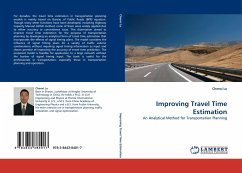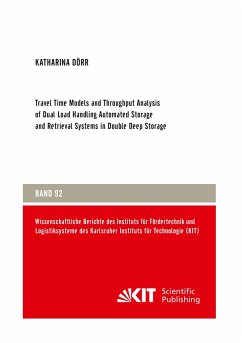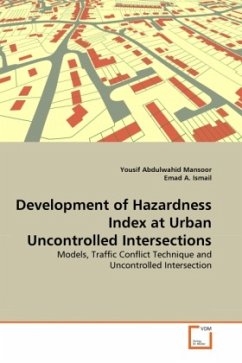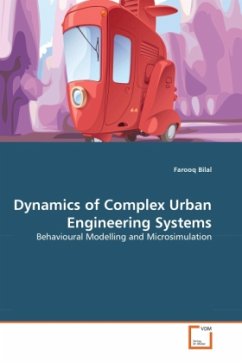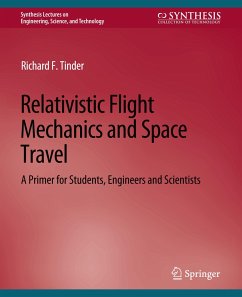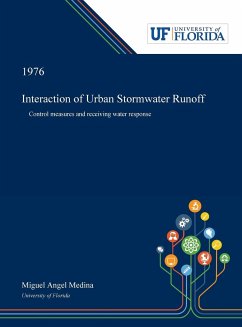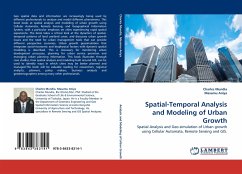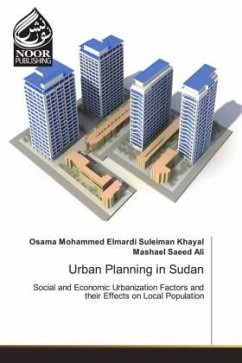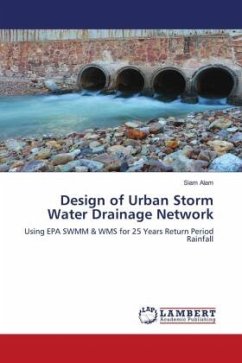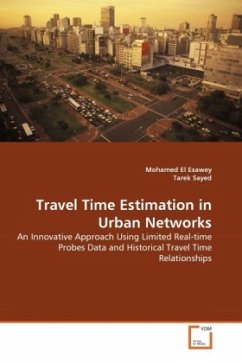
Travel Time Estimation in Urban Networks
An Innovative Approach Using Limited Real-time Probes Data and Historical Travel Time Relationships
Versandkostenfrei!
Versandfertig in 6-10 Tagen
38,99 €
inkl. MwSt.

PAYBACK Punkte
19 °P sammeln!
This study proposes a solution to the problem of limited network sensor coverage caused by insufficient sample size of probe vehicles.A framework is developed that estimates link travel times using available data from neighbouring links.The proposed framework was validated using field data from Vancouver, BC.The travel time estimation accuracy was found comparable to the existing literature.To analyze the impact of the probes'sample size on the accuracy of the proposed methodology, a case study was undertaken using a VISSIM micro-simulation model of downtown Vancouver.The methodology provided ...
This study proposes a solution to the problem of limited network sensor coverage caused by insufficient sample size of probe vehicles.A framework is developed that estimates link travel times using available data from neighbouring links.The proposed framework was validated using field data from Vancouver, BC.The travel time estimation accuracy was found comparable to the existing literature.To analyze the impact of the probes'sample size on the accuracy of the proposed methodology, a case study was undertaken using a VISSIM micro-simulation model of downtown Vancouver.The methodology provided reasonable estimation accuracy even using small probe samples. The use of bus travel time data to estimate auto travel times of neighbour links was explored. The results showed that bus probes data on neighbour links can be useful for estimating link travel times in the absence of vehicle probes. The significance of transit probe data diminished with the increase of market penetration level of probe vehicles. The results of this study demonstrate the feasibility of using neighbour links data as an additional source of information that has not been extensively explored.




